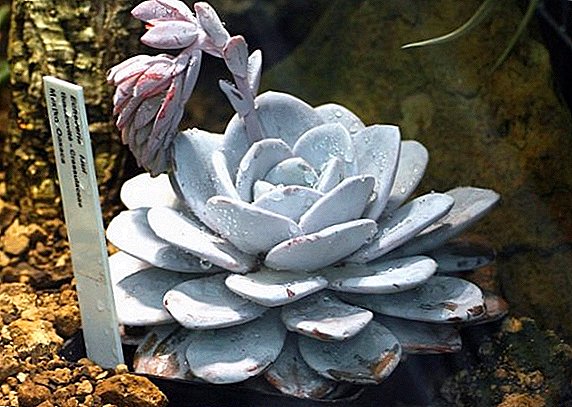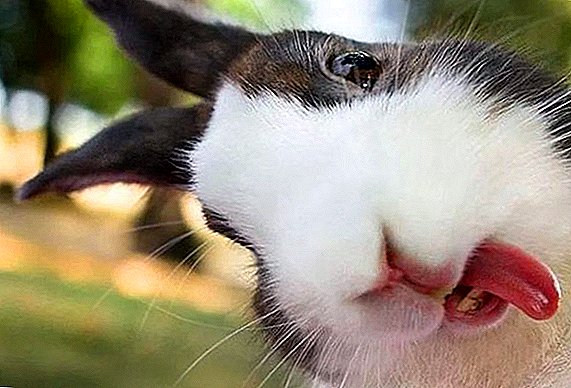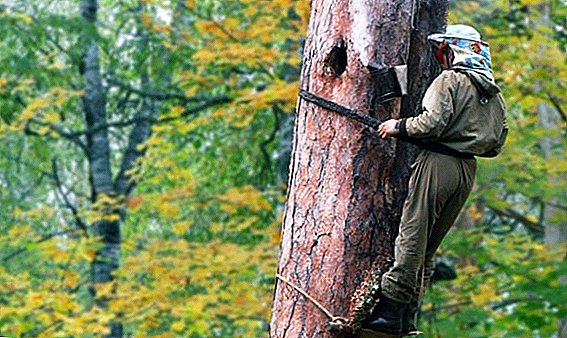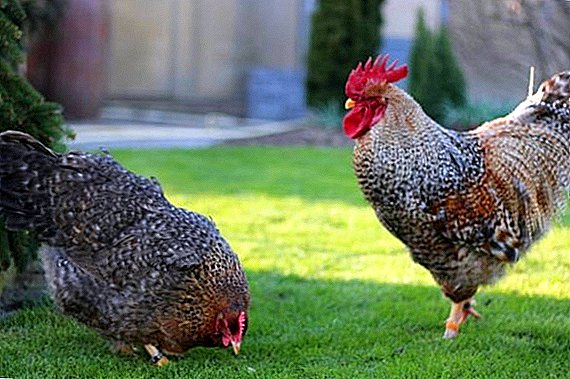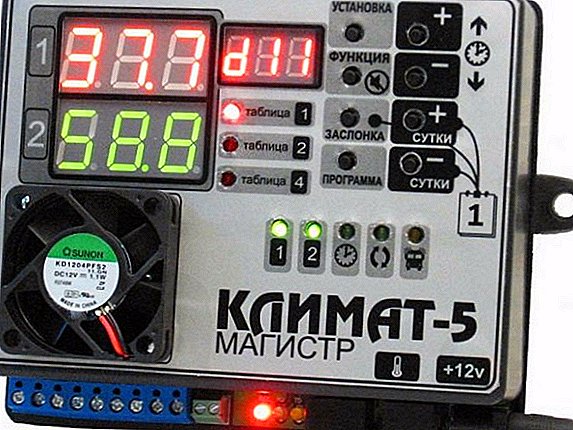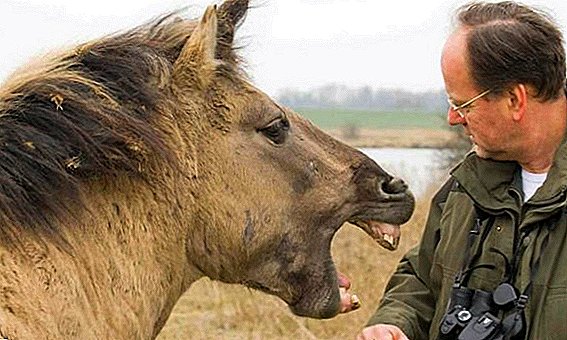 Many pets sometimes bite. Oddly enough, such an unpleasant habit sometimes manifests itself even in such an intelligent and “intelligent” creation as a horse.
Many pets sometimes bite. Oddly enough, such an unpleasant habit sometimes manifests itself even in such an intelligent and “intelligent” creation as a horse.
Fortunately, it should be noted that this happens quite rarely and, rather, is the exception to the rule.
The centuries-old experience of human interaction with horses allowed us to formulate the most likely reasons for the aggressive behavior of these animals, as well as to find some fairly effective ways to wean them from the habit of biting.
Why the horse bites
There is always a reason for any unusual behavior. If we do not see or understand it, this does not mean that it does not exist. Of course, psychology is a delicate matter, especially if we are talking about the psychology of an animal, but some of the possible reasons why a horse bites a person can still be called.
We recommend reading about how to properly breed horses at home.So a horse or mare can bite if:
- The animal is unhealthy. This reason must be eliminated first of all, because the presence of any disease that affects the well-being of a rational being, may well influence its character. And, alas, not for the better.
- Feels your weakness, in the first place - fear. The "leader" of the pack in the relationship between the animal and the person should always remain the last; if this rule is violated, problems begin. And what has been said applies equally to all animals without exception. By showing the animal our fear, we lose control of it. It is the absolute confidence of the master in himself that ensures him complete security in relations with a four-legged creature.
- Facing other abusive treatment options. If you hit the beast in response to a bite or raise your voice on it, the situation can develop according to the principle “found a scythe on a stone” (aggression gives rise to retaliatory aggression). If you intuitively deviate from the horse muzzle pulled toward you, the animal can perceive this movement as a fun game and begin to develop an “attack”.
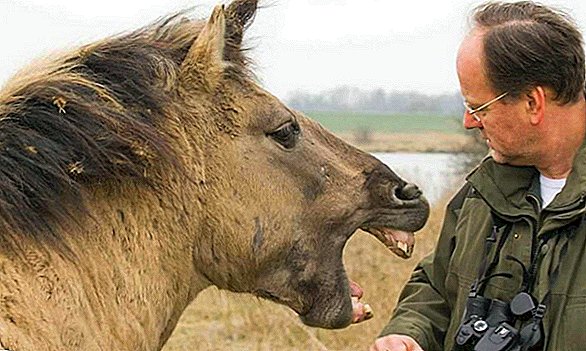
- The animal itself is afraid. A bite can be both an attack and self-defense.
- Offended. Analyze what you have done wrong, in which you showed inconsistency. Look at your relationship with the eyes of an animal.
- Is a victim of improper upbringing. Active games accompanied by bites are considered normal for young foals. If, by encouraging such games with his own participation, a person does not stop the acting bully in time and gently but persistently prevents contact of the animal’s teeth with his skin, the horse’s bad habit may persist even after the beast grows up.
- It is influenced by the "heritage of the past." Perhaps the previous owner did not treat the horse badly, and the animal is simply not accustomed to trust people or have warm feelings for them.
- Improper feeding. Such a bite is unconscious, the animal simply captures the food along with the treat's fingers, so any breeder knows that the horse should be given delicacies only on the wide open palm, not in the fingers.
Important! If you exclude possible health problems, then the horse bites, as a rule, for one of two reasons: if it is afraid of the owner or does not respect him. Sometimes, oddly enough, these reasons may exist simultaneously.
Another very important element in building relationships with a horse is the designation of personal space and the formation of respect for it. Respect your own horse space and train it to respect your territory.  Those who have ever closely communicated with horses are well aware: these smartest creatures feel very well who can be bitten, and with whom such numbers do not pass. Moreover, a clear identification of a new acquaintance on the subject “can” or “cannot” takes literally seconds in an animal.
Those who have ever closely communicated with horses are well aware: these smartest creatures feel very well who can be bitten, and with whom such numbers do not pass. Moreover, a clear identification of a new acquaintance on the subject “can” or “cannot” takes literally seconds in an animal.
How the horses manage to “read” us so easily is unknown, but the fact remains: mistakes almost never happen! Hence the first important conclusion: in a situation with a biting horse, it is the animal, not the man, who is the injured party. Either the person did something wrong, or something was wrong with the horse itself, and the inexperienced owner did not understand or did not notice.
Did you know? In 1389, in Dijon, the capital of the Duchy of Burgundy, a horse was convicted and sentenced to death for killing a man. And as for the legend about the prophetic Oleg, who "died the death from his horse," any schoolchild knows. Strictly speaking, the unfortunate horse, from a legal point of view, cannot be considered guilty of the death of his famous master, but, as they say, the unpleasant aftertaste has remained.
What is dangerous bite
The horse is a large animal, and its jaws are very strong, and therefore the consequences of such a bite can be very serious. In addition to the risk of infection, there is a high probability of causing such an injury, which will require a complicated operation and even an organ transplant.  In particular, as a result of a horse bite, you can:
In particular, as a result of a horse bite, you can:
- to lose a finger, parts of the ear and even a limb (the amputation of the arm almost ended the very real story that happened with a 12-year-old Kharkov resident who tried to play with a horse while holding an apple in her hand);
- get terrible facial trauma (the animal tears off the skin with meat from it, so that later numerous skin grafts and plastic surgery are required);
- “earn” a fracture or dislocation, if the animal twitches its head or starts moving with a part of the body clamped in its teeth.
But, in general, such situations, of course, occur extremely rarely. Nevertheless, given the weight category of the “attacker,” the strongest hematomas as a result of contact with his teeth are certainly provided to the victim.
Check out the description of the best horse suits.
What to do if a horse is bitten
We will not talk for a long time about what kind of first aid should be provided to the victim. It all depends on the extent and nature of the injury.
If the skin is not broken and if the horse is vaccinated against rabies (or such a vaccination itself was bitten over the next two years before the event), the bite site did not swell and the functional properties of the affected organ were not disturbed - nothing needs to be done .  Open wounds should be washed and sanitized. If a fracture is suspected, it is necessary to immobilize and fix the limb, after which to consult a doctor.
Open wounds should be washed and sanitized. If a fracture is suspected, it is necessary to immobilize and fix the limb, after which to consult a doctor.
Important! Tetanus booster vaccine (as part of the standard ADS or DTP vaccine) adults should be given every 10 years. In the absence of an appropriate vaccination, a horse bite is a reason to correct the situation urgently.
But the answer to the question of what to do with the culprit of the incident will surprise many. Absolutely nothing! It is impossible to punish an animal neither in word nor in deed. We repeat once again: the victim himself is always to blame for what happened.
How to wean a horse biting
Ideally, weaning a horse should be biting from childhood. But if an unpleasant habit is already present in an animal, it is possible to turn a biting horse into a non-tantalizing one. To do this, you need to build relationships with animals.
The first and most important thing to do is to show the horse that you do not pose a danger to it, but at the same time you should make the animal respect itself. One of the most well-known methods for solving this twofold and seemingly contradictory task is conventionally called “closer - further”.
Video: how to wean a horse biting It turns out that in the mind of a horse the concept of "personal space" is equivalent to the concept of "authority." The more its own space it conquers itself an individual, the more respect it evokes to itself.
Using this information, you can force the horse to respect itself in a very gentle and non-fair way for the animal. Take a rope or any other object, preferably a soft one, about a meter long. Carefully approach the horse from the side at arm's length, increased by the length of the tool.
We advise you to read about how to choose the right horse for yourself, how to name the horse, and also find out how to transport it correctly.
Now pull the arm with the rope in it and swing the arm like a wing. The horse sees that there is no danger coming from you, but at the same time he feels that his personal space is being violated. This feeling is followed by a predictable reaction - the animal moves away.
Thus, as if increasing our size at the expense of a foreign object, we expand our personal space and raise our status in the eyes of the horse, without showing any aggression towards it.  Now go to the "closer" stage. We call the horse to itself (we do not approach it, but we call it). We use all our positive energy, facial expressions, perhaps even treats. We do everything to make the animal comfortable next to us.
Now go to the "closer" stage. We call the horse to itself (we do not approach it, but we call it). We use all our positive energy, facial expressions, perhaps even treats. We do everything to make the animal comfortable next to us.
But as soon as the knight tries to push, bite or do something that we don’t like, or show some dissatisfaction (alarm signal - ears pressed), we instantly react with an increase in personal space: we swing the hand with a rope and force the horse to move .
Important! Aggressive horse must be kept away from you. Do not be afraid to drive it away from you; you will always have time to call an animal. But at a distance it will not be able to bite you, and, therefore, you ensure your own safety and guarantee yourself the respect of the horse.
Driving a horse away from a newbie is not difficult; it is much more difficult to perform a reverse maneuver. But for this, too, have their own secrets. Keeping at a safe distance from the animal, we use any stimulus that disrupts the horse’s normal state (for example, actively and aggressively waving with an object, with the same rope).
As soon as the beast turns its head in our direction, the stimulus is immediately removed and we relieve tension. Such a simple exercise, if carried out in a methodical and purposeful way, will eventually teach the filly that she will feel comfortable next to you.  But not on their own, but on your terms. Note that we did not use any violence, we did not raise our voices and did not even touch the animal. We acted gently and unobtrusively. And the beast will appreciate it. However surprising it may sound, the main secret of fighting a biting horse is to choose the right distance between the animal and itself.
But not on their own, but on your terms. Note that we did not use any violence, we did not raise our voices and did not even touch the animal. We acted gently and unobtrusively. And the beast will appreciate it. However surprising it may sound, the main secret of fighting a biting horse is to choose the right distance between the animal and itself.
Did you know? Experienced horse breeders can easily calculate the leader in any herd of horses. Around such an animal always forms the maximum free space.Waving our arms close to the horse's muzzle, stopping behind, suddenly losing sight and emerging in sight, thrusting the horse’s own fingers along with the treats, we provoke the horse to aggression or involuntary bite. Proper behavior, the ability to respect the beast and to demand respect from oneself from him, on the contrary, will ensure safety from any, even the most “uncontrollable” filly!
Reviews from the network





